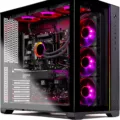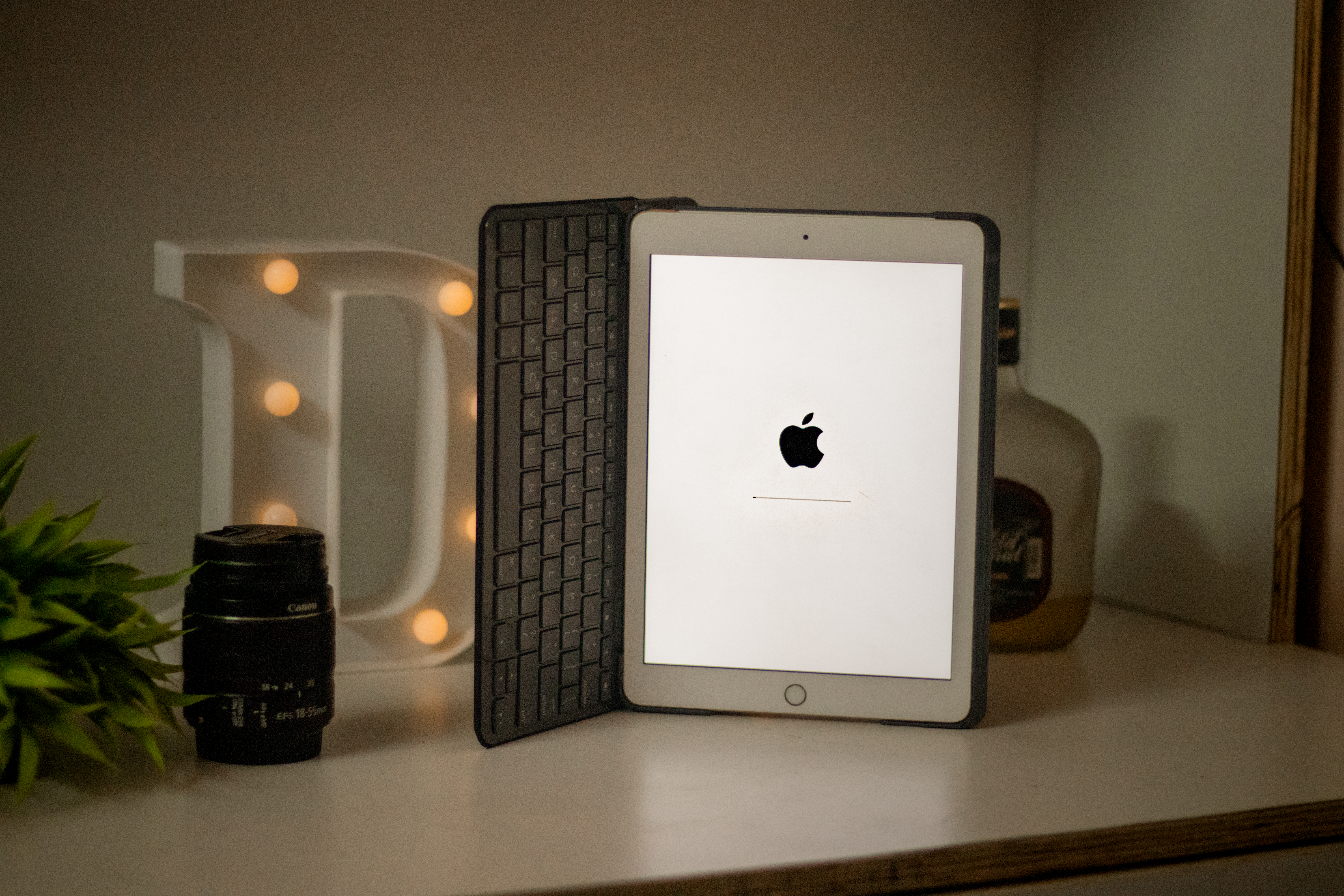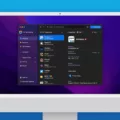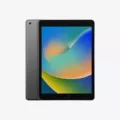The Apple M1 Mac mini, touted as a powerful and efficient device, has been encountering a range of issues that are causing frustration among users. These problems mainly revolve around display connectivity, Bluetooth connectivity, keyboard connection, AirDrop reliability, memory leakage, and video loading issues in web browsers.
One of the prominent problems faced by M1 Mac mini users is the display not waking up when the computer is turned on. This issue seems to be affecting multiple users and can be quite annoying. After powering on the Mac mini, the display remains unresponsive, failing to wake up. This connectivity glitch adds to the growing list of reported issues with the M1 Mac mini.
Additionally, Bluetooth connectivity hiccups have been reported by users. Some users have experienced difficulties in connecting Bluetooth devices, such as headphones or speakers, to their M1 Mac mini. This can cause inconvenience and hamper the overall user experience.
Keyboard connection issues have also been reported, where the M1 Mac mini fails to recognize or properly connect with external keyboards. This can be frustrating for users who rely on external keyboards for their work or prefer a specific keyboard layout.
Another problem users have encountered is the unreliability of AirDrop. AirDrop is a handy feature that allows seamless file transfer between Apple devices. However, some users have experienced issues with AirDrop not working consistently on their M1 Mac mini, making it unreliable for file sharing.
Furthermore, there have been reports of memory leakage, which can lead to performance issues and slow down the system over time. This can be a significant concern for users who rely on their Mac mini for resource-intensive tasks or multitasking.
In addition to the above problems, users have also reported issues with video loading in web browsers specifically related to the M1 chip. Some users have noticed videos taking longer to load or experiencing stuttering playback, which can be frustrating for those who frequently stream content online.
It is worth noting that not all reported issues are directly related to the M1 system-on-a-chip (SOC) itself. Some issues, such as keyboard connection problems, may be attributed to compatibility or software-related factors. However, considering the number of reported problems, it is clear that there are some areas of concern with the M1 Mac mini.
If you are considering purchasing an M1 Mac mini, it is important to be aware of the reported issues. While some of these problems may be resolved through software updates or troubleshooting, it is crucial to weigh the potential risks and benefits before making a decision. Apple’s recent release of the M1 Pro and M1 Max chips may also be worth considering, as they may address some of the reported issues. Ultimately, it is up to the individual user to determine whether the M1 Mac mini is the right choice for their needs and tolerance for potential issues.
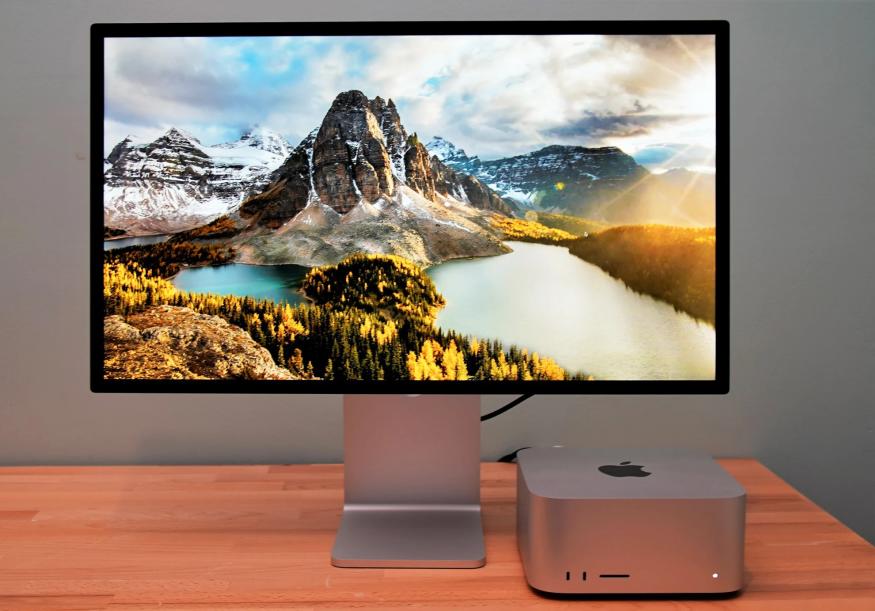
What is the Problem With the Mac Mini M1?
The Mac mini M1 is facing several reported issues that users have been experiencing. One of the problems is related to display connectivity, where displays fail to wake up when the computer is turned on. This means that users may encounter a blank screen or no signal on their monitors, making it difficult to use the Mac mini.
Additionally, there have been reports of Bluetooth connectivity problems. Users have complained about devices not pairing or connecting properly with the Mac mini M1. This can be particularly frustrating for those who rely on Bluetooth peripherals such as keyboards, mice, or headphones.
Keyboard connection issues have also been reported. Some users have found that their keyboards are not recognized or fail to work properly when connected to the Mac mini M1. This can lead to a loss of productivity or the need to use external keyboards to overcome the problem.
Another problem that has been reported is the unreliable AirDrop functionality. AirDrop allows users to easily share files between Apple devices, but on the Mac mini M1, users have experienced difficulties in establishing a stable connection or experiencing slow transfer speeds.
Mac mini M1 is facing various issues including display connectivity problems, Bluetooth connectivity hiccups, keyboard connection issues, and unreliable AirDrop functionality. These issues can impact user experience and productivity.
Does the M1 Chip Have Problems?
The M1 chip, which is Apple’s new custom-designed system-on-a-chip (SOC), has received positive reviews for its impressive performance and energy efficiency. However, like any new technology, it is not without its issues. Here are some reported problems with the M1 chip:
1. Memory Leakage: Some users have reported experiencing memory leakage issues on their M1 Macs. This means that the memory usage gradually increases over time even when the system is not running any heavy applications. This can result in slower performance and the need to restart the system to clear the memory.
2. Video Loading Issues: There have been reports of M1 Macs having difficulties loading videos in web browsers. Users have experienced stuttering, freezing, or even complete failure to load videos on popular platforms like YouTube. This issue seems to be related to the compatibility of video codecs with the M1 architecture.
3. Limited RAM Options: While the M1 chip itself is capable of handling large amounts of memory, Apple’s current M1 Mac models only offer a maximum of 16GB of unified memory. This limitation may not be sufficient for professionals or power users who require more memory for demanding tasks like video editing or 3D rendering.
4. Lack of Boot Camp Support: One notable drawback of the M1 Macs is the lack of support for Boot Camp, which allows users to run Windows natively on their Macs. This means that users who rely on specific Windows-only software or need to dual-boot between macOS and Windows may face compatibility issues or have to find alternative solutions.
5. Limited External Display Support: Another limitation of the M1 Macs is the restricted external display support. The maximum resolution allowed on a single external display is 6K at 60Hz, or up to two external displays at 4K resolution. This may not meet the requirements of users who rely on multiple high-resolution displays for their work.
It’s important to note that not all M1 chip problems are inherent to the chip itself. Some are related to software compatibility, limitations imposed by Apple’s design choices, or the need for developers to optimize their applications for the new architecture. Apple is continually working on software updates to address these issues, and it’s recommended to stay up to date with the latest macOS and application updates to mitigate any problems.
Is Mac Mini M1 Still Worth Buying?
The decision of whether the M1 Mac mini is still worth buying depends on various factors. Here are some key points to consider:
1. Performance: The M1 chip in the Mac mini offers impressive performance for everyday tasks, including web browsing, photo editing, and even video editing. It provides a significant boost in speed and efficiency compared to previous Intel-based models.
2. Software compatibility: Most applications and software are now optimized for the M1 chip, ensuring seamless performance and compatibility. However, some older or niche software may still require updates to run smoothly.
3. Longevity: Apple’s M1 chip is the first in a new generation of Mac processors. While it offers excellent performance, the upcoming M2 chip is expected to provide even more power and efficiency. If you’re looking for a future-proof investment, you may want to consider waiting for the M2 model.
4. Price: The pricing of the M1 Mac mini has dropped since the release of the M2 model. If you can find a significant discount on the M1 version, it may still be worth purchasing. However, with the new M2 model priced at just $599, getting a substantially better deal on the M1 model might be challenging.
5. Usage requirements: Consider your specific needs and usage patterns. If you require a powerful, high-performance machine for demanding tasks like video editing or gaming, the M2 model might be a better choice. However, if you primarily use your computer for everyday tasks and don’t require the latest cutting-edge technology, the M1 Mac mini should still serve you well.
Ultimately, the decision to purchase the M1 Mac mini depends on your budget, immediate needs, and future plans. Considering the expected performance improvements and potential longevity of the M2 model, it may be worth waiting for it if you can. However, if you find a great deal on the M1 Mac mini and it meets your current requirements, it can still be a worthwhile purchase.
What is the Life Expectancy Of a Mac Mini M1?
The life expectancy of a Mac mini M1 can vary depending on several factors such as usage, maintenance, and technological advancements. However, on average, you can expect a Mac mini M1 to last for around 5-7 years before it starts showing signs of aging or becoming obsolete.
It’s important to note that this estimate is based on typical usage patterns and assumes that the Mac mini is being used for regular tasks such as web browsing, document editing, and multimedia consumption. If you’re using your Mac mini for resource-intensive tasks like video editing or gaming, the lifespan may be slightly shorter due to the increased strain on the components.
To maximize the lifespan of your Mac mini M1, it’s recommended to follow these best practices:
1. Keep your Mac mini updated with the latest software and security patches. This ensures that your system remains optimized and protected against potential vulnerabilities.
2. Regularly clean the dust and debris from the vents and fans to prevent overheating. Overheating can lead to performance issues and reduce the lifespan of your device.
3. Avoid running too many resource-intensive tasks simultaneously, as this can strain the components and lead to premature wear and tear.
4. Consider upgrading the storage and RAM if needed. While the base configuration of the Mac mini M1 is sufficient for most users, upgrading these components can provide better performance and extend the lifespan of your device.
5. Backup your data regularly to prevent data loss in case of hardware failure or other unforeseen circumstances. This can be done using external hard drives, cloud storage services, or Time Machine backups.
By following these guidelines and taking proper care of your Mac mini M1, you can expect it to serve you well for several years. However, it’s worth noting that technology evolves rapidly, and after a certain point, your Mac mini may not be able to keep up with the latest software and hardware advancements.
Conclusion
The M1 Mac mini has encountered several reported issues since its release. These problems include display connectivity issues, Bluetooth connectivity hiccups, keyboard connection problems, and unreliable AirDrop. While not all of these issues are directly related to the M1 SOC itself, some are listed in the specifications.
Additionally, there have been reports of memory leakage and difficulties with video playback in web browsers specifically related to the M1 chip. These issues can be frustrating for users, especially considering the reputation of Apple products for their seamless performance.
However, it is important to note that not all M1 Mac mini users have experienced these problems. Some users have had a smooth experience without any major issues. It’s worth mentioning that Apple is known for addressing software and hardware issues through regular updates, so it’s possible that these problems will be resolved in future updates.
If you are considering purchasing an M1 Mac mini, it is essential to weigh the potential issues against the significant performance improvements and power efficiency that the M1 chip offers. It is also worth considering the price drop for the new M2 version, which may make it a more attractive option.
Ultimately, if you can find an M1 Mac mini at a significantly lower price compared to the M2 model and are willing to potentially encounter some of these reported issues, it may still be worth considering. However, if you prioritize a more stable and problem-free experience, it may be wise to wait for the M2 version or explore alternative options.

